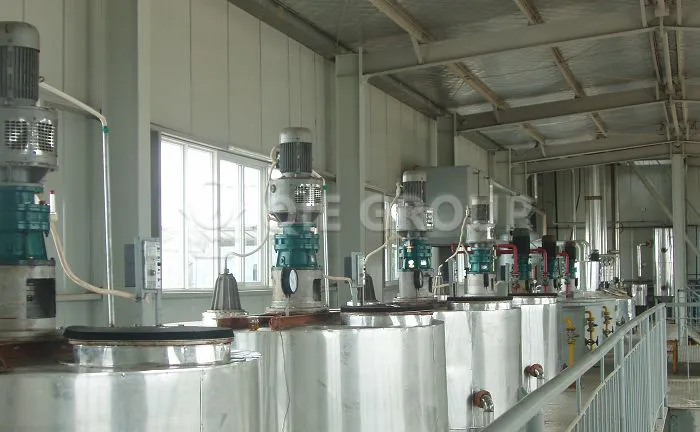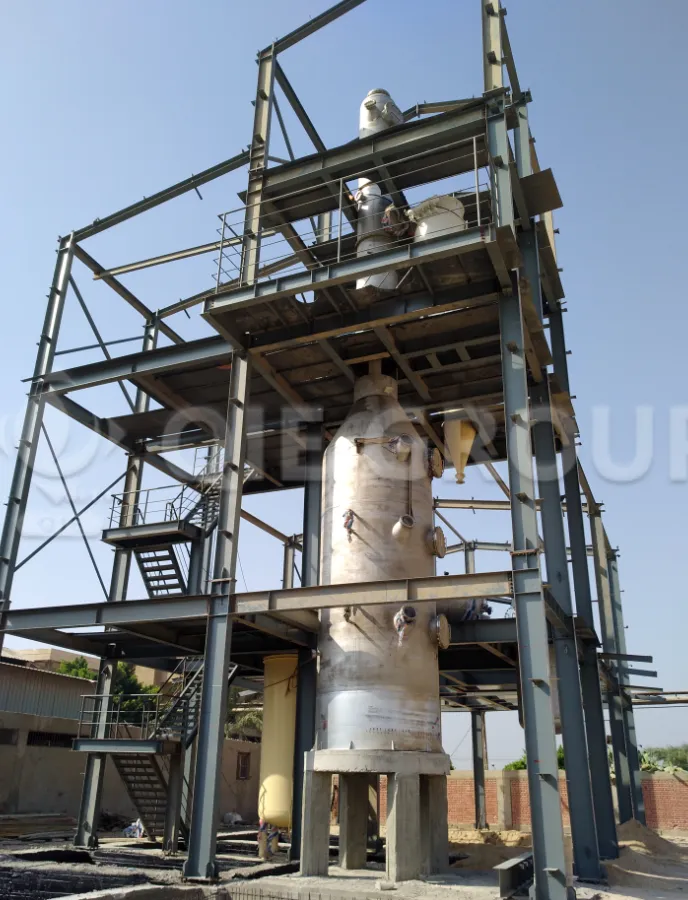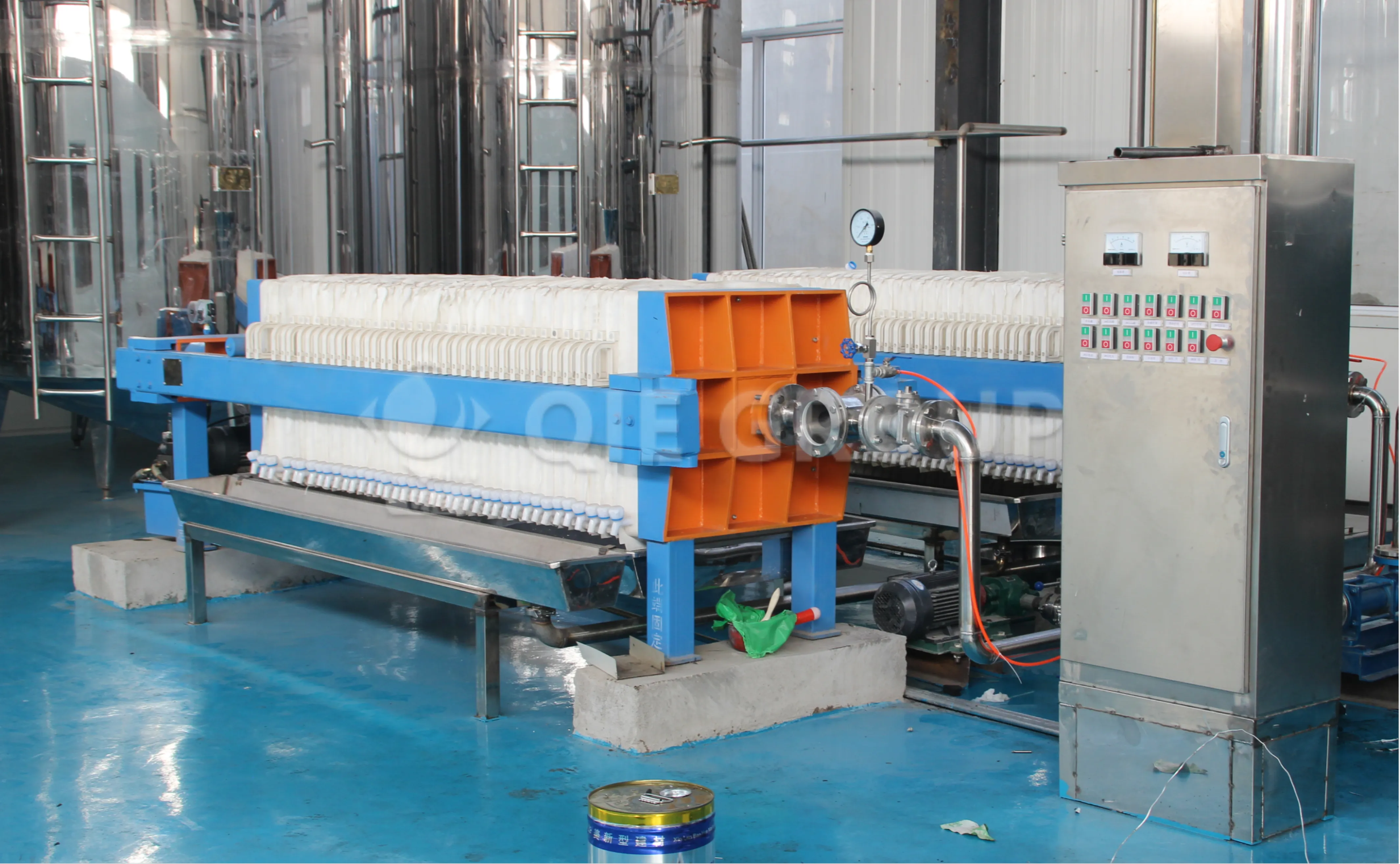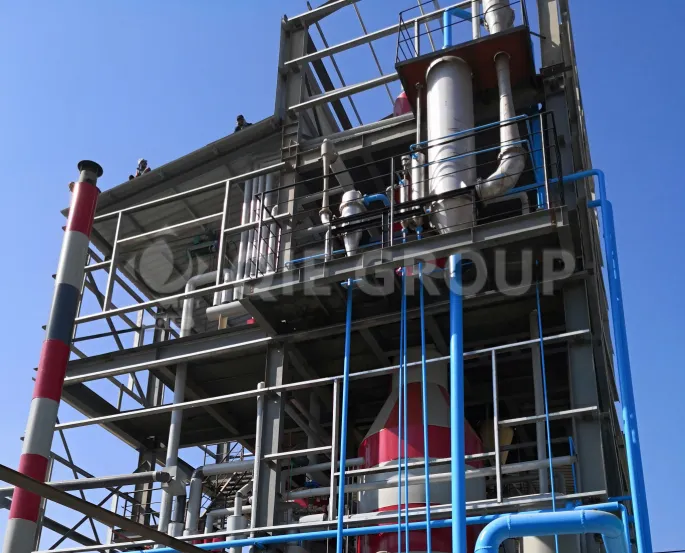
1) Refining pot : also known as dephosphorization and deacidification pot. During chemical refining, sodium hydroxide is used for acid-base neutralization reaction at a temperature of 60-70°C, and the oil is stirred with a reducing agent to reduce the acid value in the oil. Impurities and phospholipids are quickly separated and precipitated and enter the soapberry pot, thereby refining the oil.

2) Decolorization pot: also known as decolorization and dehydration pot, it uses steam heating to remove moisture from the oil under vacuum conditions, and then the white mud is sucked into the decolorization pot through vacuum, and then filtered out through a vibration filter after stirring, thereby achieving the effect of changing the color of the oil.

3) Vertical leaf filter: The bleaching clay filtration in the oil decolorization section adopts a high-efficiency vertical leaf filter, which has the advantages of easy operation, continuous operation, low labor intensity, good environmental conditions, and less residual oil in the waste bleaching clay.


4) Continuous combined deacidification and deodorization tower (all stainless steel)
The qualified decolorized oil enters the spiral plate heat exchanger to recover most of the heat, and then enters the high-pressure steam heater to heat to the process temperature (240-260℃), and then enters the deacidification and deodorization tower. The tower is a combined tower. The upper structure filler mainly removes free fatty acids and odor components. The lower layer is a plate tower, which mainly plays a thermal decolorization role and removes the peroxide value in the oil to zero. The oil from the deodorization tower absorbs most of the heat through the heat exchanger and further exchanges heat with the crude oil, then cools to 80-85℃ through the cooler, adds the required antioxidants and flavorings, and then cools to below 50℃ for storage. The volatile substances such as fatty acids from the deodorization are captured by the packing collector, and the captured liquid is free fatty acids at low temperature (60-75℃). When the liquid level of the fatty acid temporary storage tank is high, it is sent to the fatty acid storage tank for storage.

5) Dewaxing process
1) Crystallization tank
The crystallization and crystal cultivation process are carried out in the same tank. The crystallization tank is equipped with a variable frequency stirring device, which has good heat transfer and ensures uniform mixing of materials. The multi-layer coil cooling form is adopted, and the cooling medium is passed into the coil. The key to achieving a good crystallization effect lies in the control of parameters such as heat transfer area, heat transfer coefficient, and stirring speed to avoid loose grains, crystal reheating and dissolution, insufficient hardness of the filter cake and inability to automatically unload, and excessive residual oil in the filter cake.
The crystallization process is achieved by controlling the operating temperature of the crystallizer coil or jacket cooling water in the PLC control process. The cooling water temperature is controlled by a temperature control system based on a temperature sensor and a regulating valve with a positioner. The set cooling water temperature curve and the crystallization curve of sunflower oil can be intuitively observed through the computer display interface.





